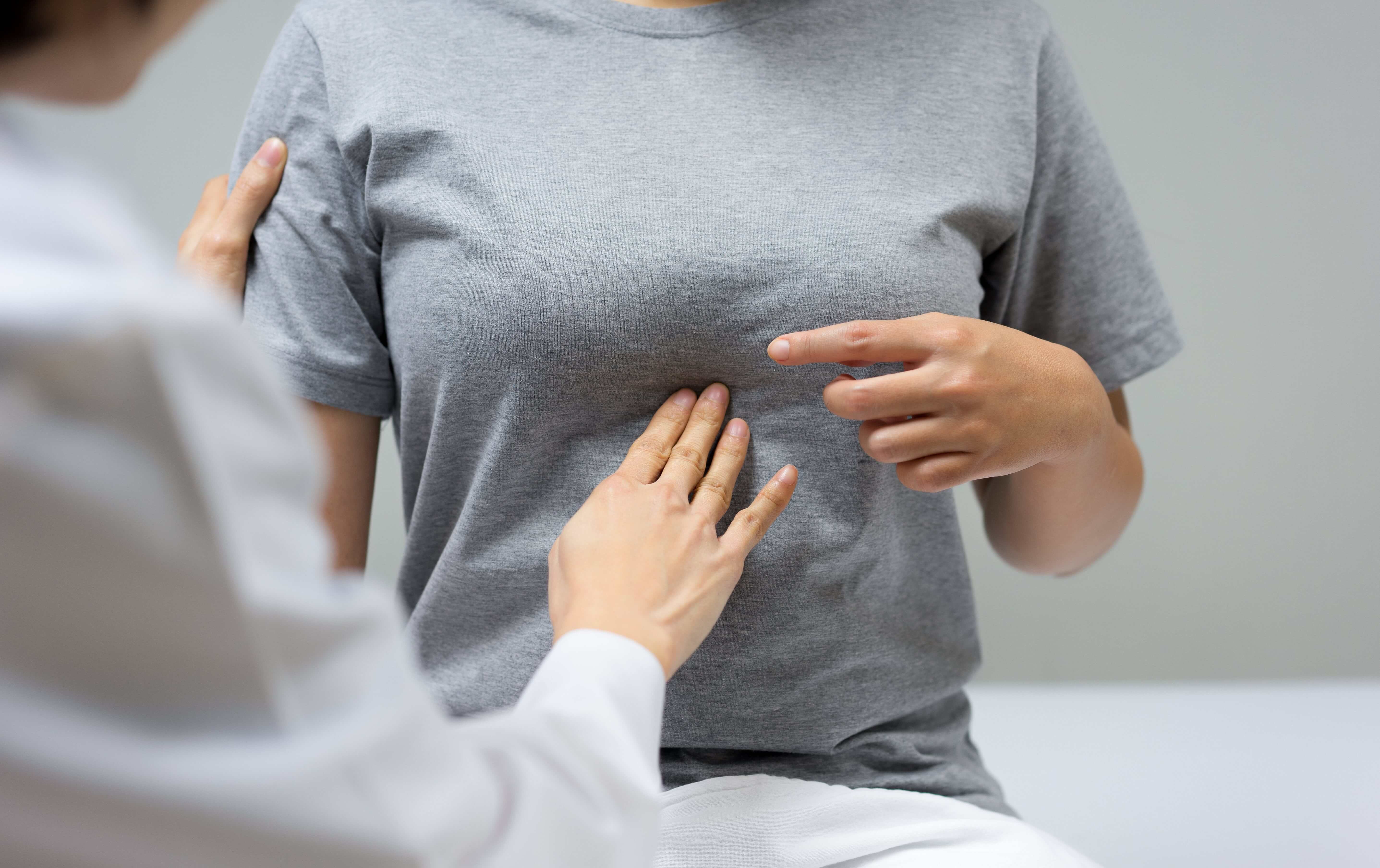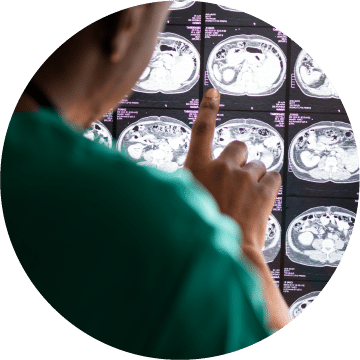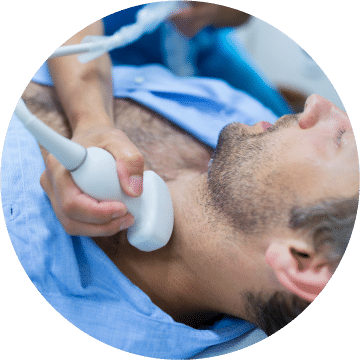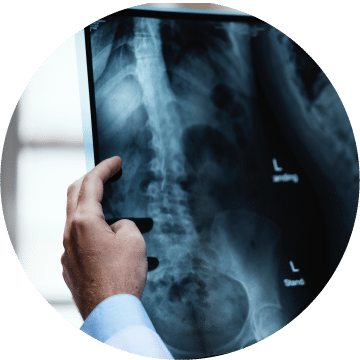The in’s and out’s of Crohn’s and Ulcerative Colitis Disease
| DIFFERENCES | |
| CROHN’S DISEASE | ULCERATIVE COLITIS |
| Can affect any part of the GI tract (from mouth to anus) | Affects only the colon and rectum |
| Can affect the entire thickness of the bowel wall | Only affects the innermost lining of the large intestine |
| Commonly causes malnutrition | Malnutrition less common |
| May have bloody stools | Commonly have bloody stools |
| May cause fistula (abnormal communication between two body parts) formation | Does not cause fistulae (abnormal connection between two body parts) |
| Intermittent areas of inflammation | Continuous inflammation |
| Can cause side effects affecting the skin, eyes, joints and liver | Limited to the colon only |
Symptoms
Symptoms of Crohn’s and ulcerative colitis include abdominal pain, blood in the stool, weight loss and malnutrition(4).
In Crohn’s disease, additional symptoms may include right iliac fossa pain, crampy abdomen, intermittent and severe diarrhoea, weakness, fever, raised white blood cell count, associated skin conditions, associated joint pain, and malabsorption syndrome1,2,4.
Additional symptoms of ulcerative colitis may include the urgency of bowel movement, loss of appetite, loose stools, and pain limited to certain sections of the colon. These varying locations of pain may be classified under different types of ulcerative colitis including ulcerative proctitis left-sided colitis and proctosigmoiditis (1,2,4).

Complications
Ulcerative Colitis may include but are not limited to: Perforation, colon cancer, liver disease, osteoporosis, and anaemia4.
Crohn’s disease may include but are not limited to bowel obstruction, ulcers, fistula formation, anal fissure, malnutrition, colon cancer and blood clots. Other associated health problems may occur such as anaemia, skin disorders, osteoporosis arthritis, and gallbladder or liver disease2.
Diagnosis
Diagnosis is based on both patient history, a good clinical examination and suspicion, but mainly confirmed with imaging modalities.
A CT scan and/or MR enterography are best options to diagnose Crohn’s disease. Other diagnostic examinations may include Small bowel follow-through examination with screening, ultrasound assessment and plain abdominal X-rays. The characteristic diagnostic sign/presentation of Crohn’s disease is the presence of skip lesions and discrete ulcers. These will also demonstrate mucosal ulcers, bowel wall thickening, abscess formations, fistula formations, stenosis, etc (3,5).
With ulcerative colitis, the involvement of the rectum is almost always present with further variable amounts of proximal colon involvement and continuity. If the entire colon is involved there may be associated oedema of the terminal ileum. In severe cases, toxic megacolon can occur and has a poor prognosis. Mural thickening of the bowel may be detected with thumbprinting on plain radiographs in severe cases. A Double-contrast Barium Enema under screening allows for exquisite detail of the colonic mucosa and for strictures to be assessed. Fluoroscopy is however contraindicated in severe cases. CT scans and MRI of the bowel remain Superior imaging modalities for this disease (3,6).




Treatment
There is no cure for Crohn’s disease and continuous management, although complex, is crucial in treating these patients. Treatment helps to control and reduce the symptoms in order to prevent them from returning. Corticosteroids may be prescribed to help to reduce chronic information. Surgical management may be necessary for the treatment of complications such as strictures, adhesions and obstructions, fistulae and perianal diseases. A liquid diet which involves the drinking of nutrient-rich drinks for a couple of weeks may also be recommended to help reduce symptoms. As Crohn’s disease may be as a result of hyperactivity of the immune system, immunosuppressants may help reduce activity and improve symptoms (5,7).
Treatment for ulcerative colitis may however be multifaceted and also include the use of medication and diet/nutrition alterations to reduce the symptoms. A Total colectomy is considered the most extreme yet curative treatment option of both intestinal symptoms and the risk of colorectal carcinoma. Medical therapy is able to control the colonic disease but does not remove the need for regular screening for malignancy. Medication largely suppresses the inflammation of the colon which allows time for the tissues to heal. This in turn may help reduce other symptoms such as diarrhoea, bleeding, and abdominal pain. A specialised diet may also be encouraged to help reduce symptoms, replace lost nutrients and promote healing (5,7)
For more information on Imaging feel free to reach out to Keystone Radiology at 087 055 0587 or info@ks-med.co.za
Make a booking
- UCLAhealth.org [Internet]. Ulcerative Colitis vs Crohn’s disease. UCLA Center for Inflammatory Bowel Diseases. [Updated unknown, Cited 2020 October 28]. Retrieved from: https://www.uclahealth.org/gastro/ibd/ulcerative-colitis-vs-crohns-disease
- Mayoclinic.org [Internet]. Crohn’s disease. Mayo Foundation for medical education and research. [Updated 2020 October 13, Cited 2020 October 28]. Retrieved from: https://www.mayoclinic.org/diseases-conditions/crohns-disease/symptoms-causes/syc-20353304
- Sanders RC, Winter TC, editors. Clinical sonography: a practical guide. Lippincott Williams & Wilkins; 2007.
- Healthline.com [Internet]. The difference between Crohn’s, UC and IBD. Healthline media [Updated 2020 May 11; Cited 23 February 2020]. Available from: https://www.healthline.com/health/crohns-disease/crohns-ibd-uc-difference#crohns-disease
- Radiopaedia.org [Internet]. Crohn disease. Radiopaedie.org. [Updated unknown; cited 28 October 2020]. Retrieved from: https://radiopaedia.org/articles/crohn-disease-1
- Radiopaedia.org [Internet]. Gallstones. Radiopaedie.org. [Updated unknown; cited 28 October 2020]. Retrieved from: https://radiopaedia.org/articles/ulcerative-colitis
- Nhs.uk [Internet]. Treatment Crohn’s disease. Nhs.uk. [Updated 04 April 2018; cited 28 October 2020]. Retrieved from: https://www.nhs.uk/conditions/crohns-disease/treatment/
- crohnscolitisfoundation.org [Internet]. Ulcerative colitis treatment options. crohnscolitisfoundation.org. [Updated 2020; cited 28 October 2020]. Retrieved from: https://www.crohnscolitisfoundation.org/what-is-ulcerative-colitis/treatment-options
